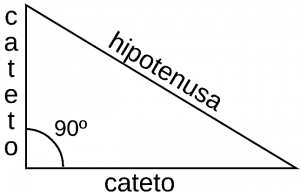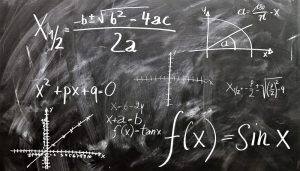Associative property
Associative property can be found in Algebra and can be applied to two different types of operations: addition and multiplication. This mathematical property certainly indicates that, when there are three or more numbers in these operations, the result does not depend on how the digits are placed or grouped. This means that, no matter how the different numbers come together in a given operation, addition or multiplication will always give the same result no matter the order. Grouping, in this way, has no relation to the result obtained in the mathematical operation.
What is associative property?
Associative property is a property within the area of algebra that can be applied to additions and multiplications. It tells us that when there are three or more numbers in an operation, the result will not depend on how the terms are placed.
History
In 1830, the Algebra Treaty was published which tried to explain the term as a logical treatment comparable to Euclid’s elements. He spoke of two different types of algebra, arithmetic algebra and symbolic algebra. In the book, he describes symbolic algebra as the science that treats combinations of arbitrary signs and symbols by defined means through arbitrary laws. The truth is that it is very difficult to give an exact date on which it was created because people already knew that, for example, 2 + 3 = 3 + 2 from antiquity, but eventually people realized that this was a general property that could be attributed to other operations apart from addition and multiplication, and then it became something object of study. It can be said that it was not just one person who made this discovery.
Associative property of the addition
The associative property of addition or sum establishes that the change in the order in which the numbers are added does not affect the result of the addition. Since the application of the associative property in addition has no apparent or important effect on itself, some doubts may arise about its usefulness and importance, however, having knowledge about these principles is useful for us to perfectly master these operations, especially when combined with others, such as subtraction and division; and even more so in the case of division to achieve the correct use of mathematics.
Associative property of multiplication
Multiplication is a mathematical operation that has different types of properties. One of them is the property that indicates that the way of grouping the factors will not cause any type of alteration in the final result of the multiplication regardless of the number of factors found in the operation.
Examples
As first example we are going to carry out the operation: 5 x 4 x 2
The first thing we must do is to group the first two numbers, in this case they will be 5 and 4. Performing this step, then we will obtain the following equation:
(5 x 4) x 2
20 x 2
40
Now, if we group 4 and 2, we get the next result:
5 x (4 x 2)
5 x 8
40
As can be clearly seen in the previous operation, although the numbers were positioned differently, the result remained the same. Another example we can cite is the following:
( 2 x 3 ) x 5 = 2 x ( 3 x 5 )
6 x 5 = 2 x 15
30 = 30
How to cite this article?
Briceño V., Gabriela. (2019). Associative property. Recovered on 24 February, 2024, de Euston96: https://www.euston96.com/en/associative-property/










